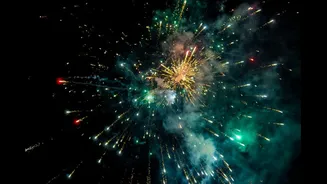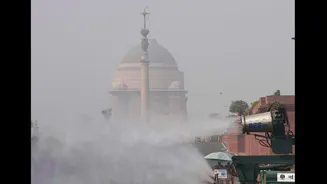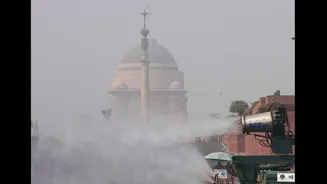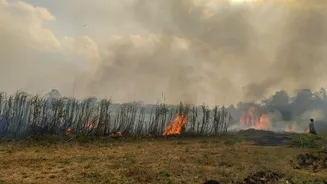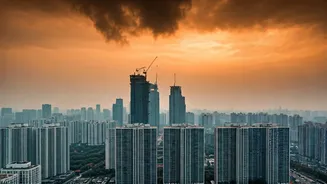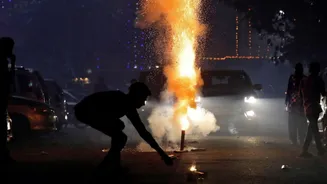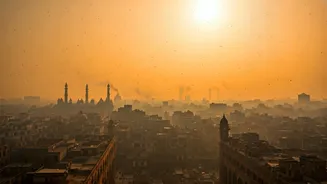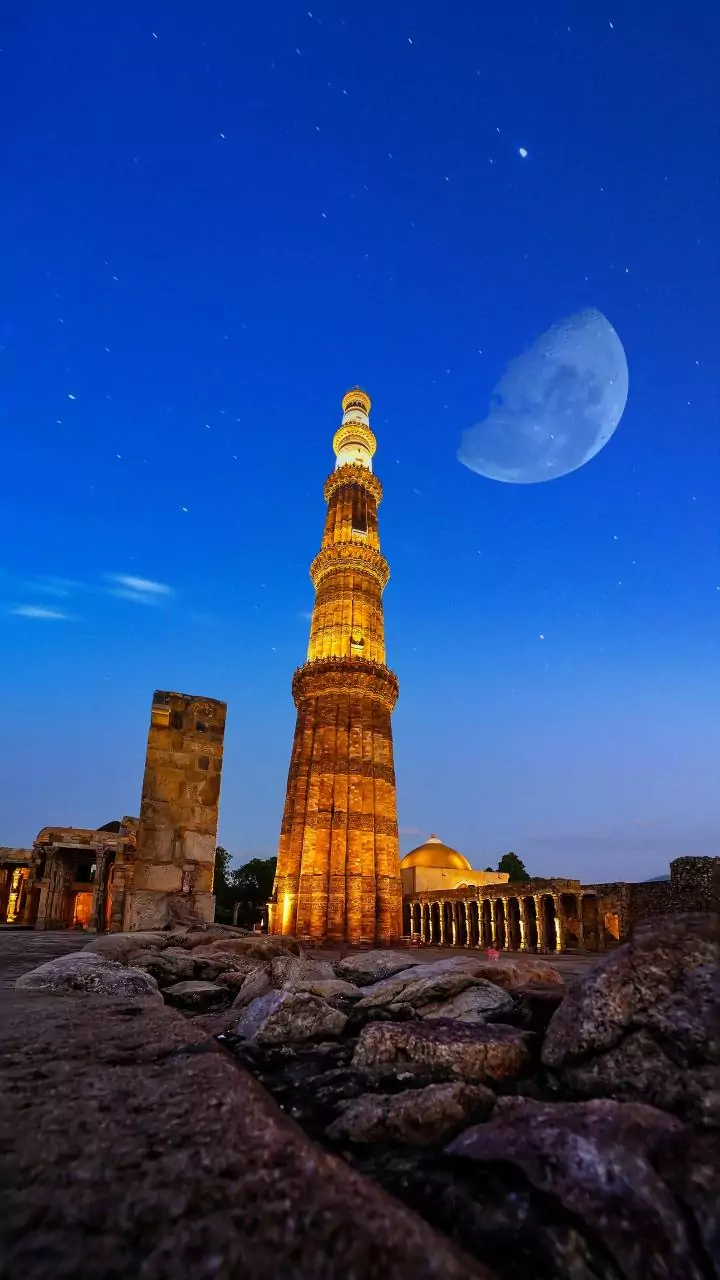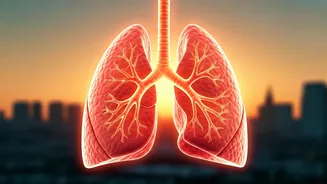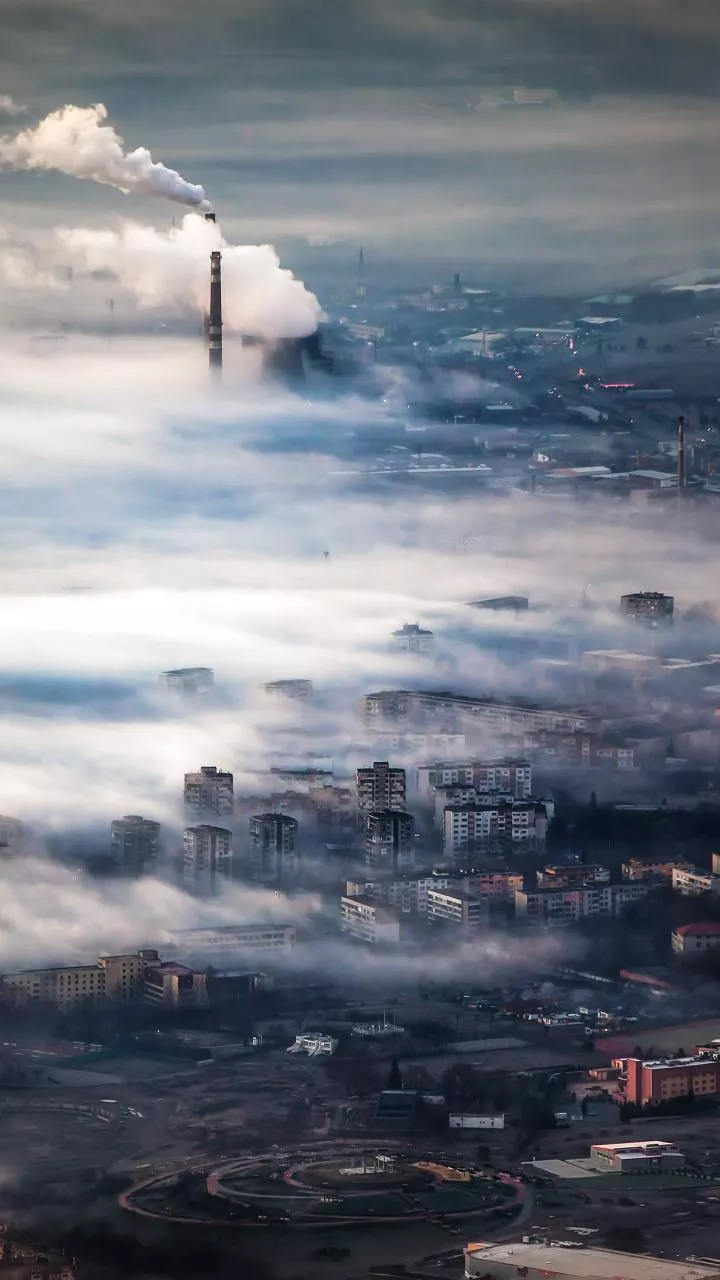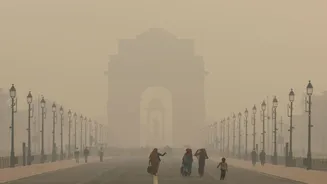The national capital awoke to its “most toxic post-Diwali air in five years” on Tuesday morning, demonstrating that local emission sources, particularly fireworks, remain the dominant and most immediate
threat to the capital’s air quality around the festival. This collapse occurred despite an unprecedented 77.5 per cent drop in stubble burning incidents in the neighbouring states of Punjab and Haryana, a factor long considered the main culprit for the winter smog.
Central Pollution Control Board (CPCB) data analysed by environmental groups showed that the average concentration of fine particulate matter, PM2.5, surged to 488 micrograms per cubic metre in the 24 hours following Diwali. This level is a startling 212 per cent increase from pre-festival conditions and is nearly 100 times the exposure limit recommended by the World Health Organisation (WHO). Several monitoring stations, including Anand Vihar and Wazirpur, recorded peak hourly PM2.5 levels exceeding 1,700 µg/m³ at the height of the firecracker bursting.
The dramatic spike, which pushed the Air Quality Index (AQI) into the “Severe” category in multiple locations, confirms that the widespread and blatant violation of firecracker restrictions was the primary driver of this crisis. The Supreme Court had permitted only “green crackers” within a strict two-hour window, but the limits were widely ignored. Experts from System of Air Quality and Weather Forecasting and Research (SAFAR) estimate that firecracker emissions alone contributed up to 40 per cent of the city’s pollution on Diwali night.
Crucially, this year’s weather provided a clear context: low wind speeds (less than one metre per second) and a sharp temperature drop created a temperature inversion, trapping the voluminous firecracker smoke close to the surface and preventing dispersion. The significant reduction in stubble burning, which was linked to a moderate improvement in air quality earlier in October, acted as an unintended experiment, proving that while agricultural fires amplify the problem, Delhi’s chronic base pollution from vehicles, industry, and construction dust, coupled with festival emissions, is sufficient to push the air into the life-threatening “Severe” zone.
This data underscores an urgent public health failure, with doctors warning that breathing the air during this episode is equivalent to smoking multiple cigarettes a day, heightening the risk of severe respiratory and cardiovascular ailments.
